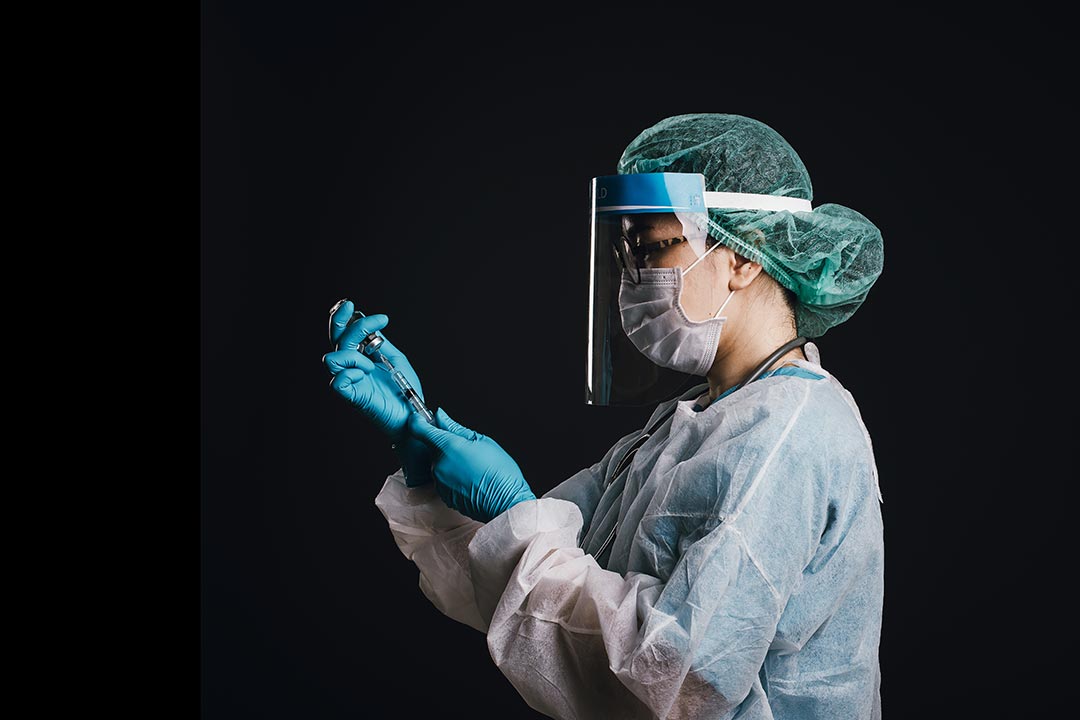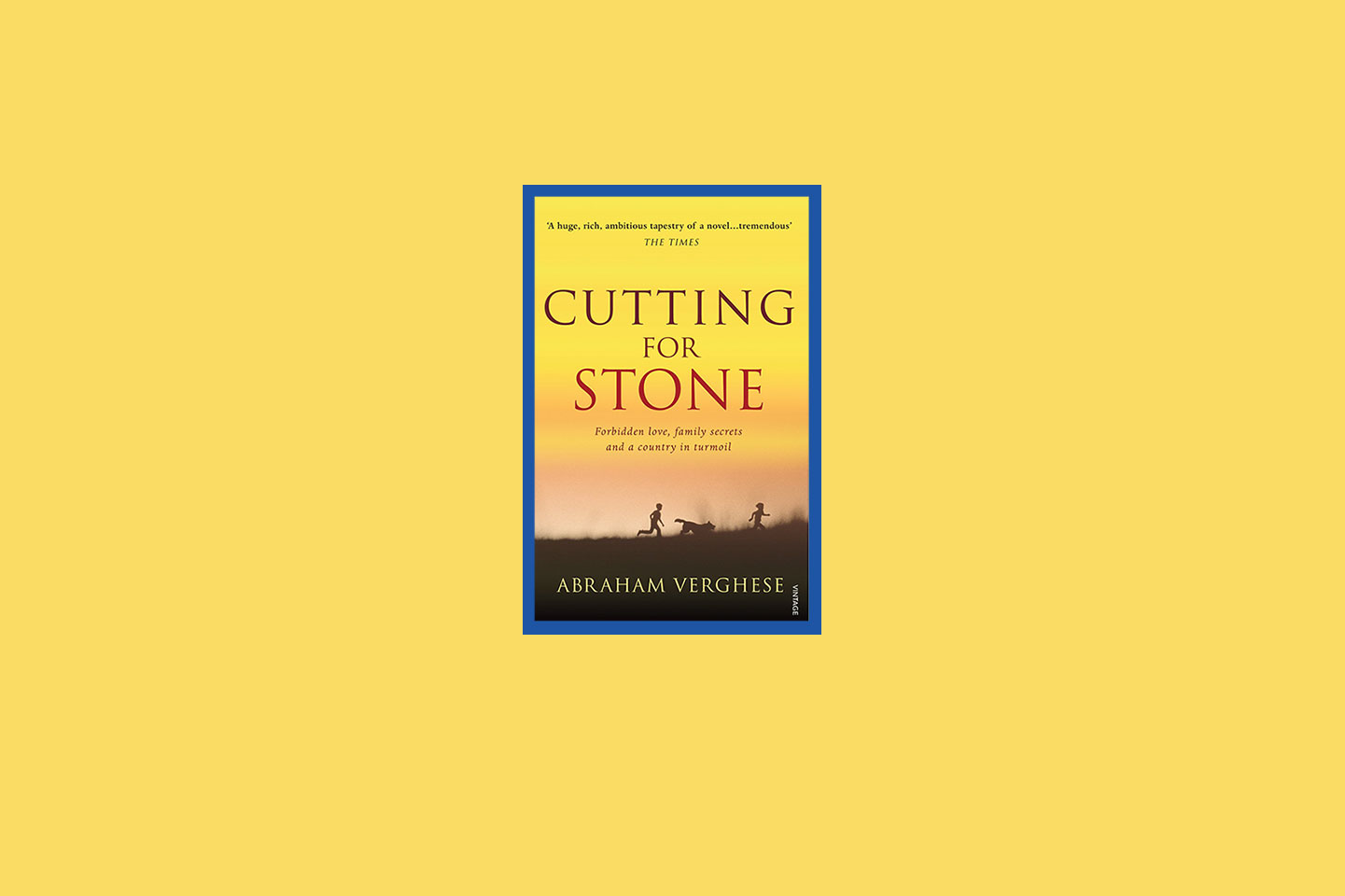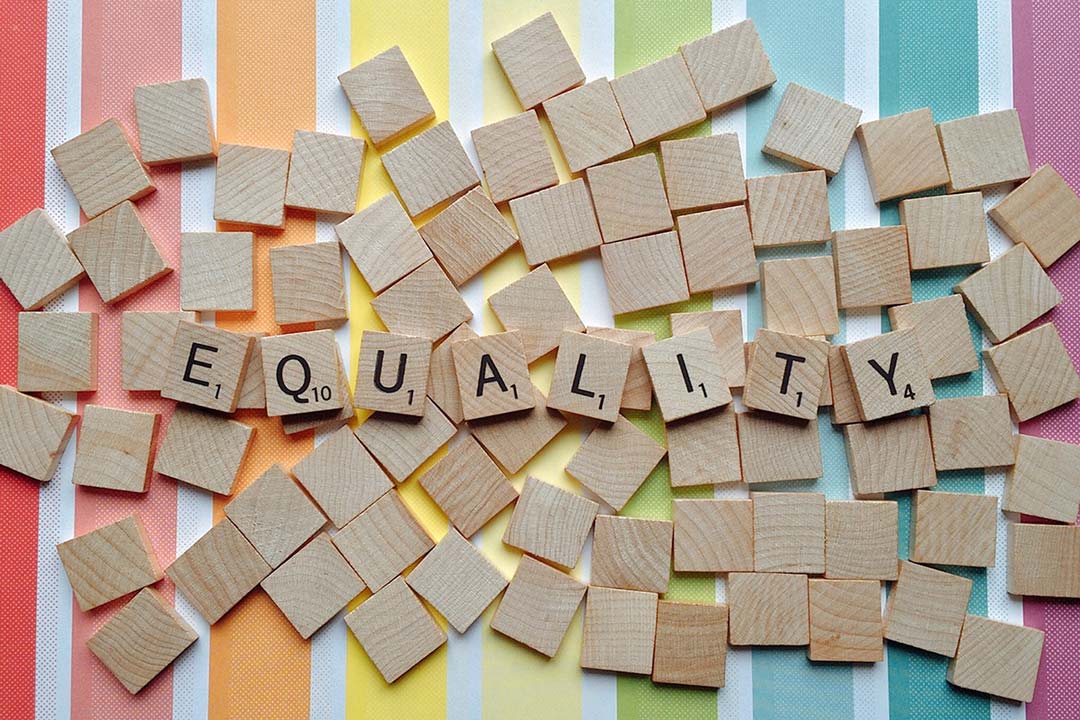Fit for women: 5 things you need to know about global health, gender equality and PPE
Women make up 70% of the health workforce, yet personal protective equipment – or PPE – is still not being designed for them. A landmark conference held this week looked at solutions to the insidious gender bias putting female health workers’ lives at risk.
- 28 January 2022
- 4 min read
- by Rebecca Reisdorf

“When nearly a thousand women health workers across 50 countries were asked if they had adequate access to PPE during the pandemic, they gave very different answers.” With this statement, Femi Oke, international journalist, opened the Women in Global Health (WGH) and Johnson & Johnson Foundation co-hosted event Fit for Women? Safe and decent PPE for women health and care workers.
Women are the majority of health workers but hold only 25% of leadership roles, and even fewer since the start of the pandemic. If women health workers had been at the COVID-19 decision-making table, it is probable that they would have ensured PPE was fit for women.
Held virtually on 25 January 2022, the event brought together women leaders in global health to discuss the findings of WGH’s policy report on gender inequity and PPE, and to suggest concrete actions to tackle this inequity that threatens the safety and dignity of women health and care workers.
Five critical points were raised:
1. Design
Personal Protective Equipment, or PPE, is, as the name states, meant to protect its user. This obvious fact stated by Carolina Criado Perez, best-selling author of “Invisible Women”, is not the reality for the women health and care workers who make up 70% of the workforce.
An online survey conducted by WGH in 2021 revealed that only 14% of the nearly 1,000 respondents used PPE fitted to them. It confirmed that women health and care workers are experiencing discomfort, dehydration, loss of dignity and increased urinary tract infections because of the difficulty of using the bathroom while wearing full PPE not designed for their bodies. Women health and care workers are not “small men” and PPE has not been designed for hips, breasts, nor the diversity among women in face shape or head dress.
2. Access
Florentina Saavedra Baptista, an ICU nurse working in Bolivia, explained that she “had to reuse PPE and use PPE not up to national sanitary standards”. Shortages of PPE are common in many low resourced settings, but with the rapid onset of the pandemic, countries competed for global supplies and health and care workers were put at risk across the world.
3. Procurement
High-level speakers from USAID, WHO and the government of Australia noted deficiencies in gender mainstreaming in the procurement and delivery of PPE to low- and middle-income countries (LMICs). Dr Soumya Swaminathan, Chief Scientist at the WHO and board member at Gavi, The Vaccine Alliance, confirmed that the WHO does not have gender sensitive guidelines for PPE, but is keen to work with stakeholders to address this.
Have you read?
4. The ‘Great Resignation’
“Protecting health and care workers is crucial if we are to reach Universal Health Coverage (UHC) by 2030,” explained Dr Roopa Dhatt, Executive Director at WGH. The latest figures show that one in five women health and care workers is planning to leave the profession, in “The Great Resignation” of health workers. The feeling of being ‘expendable, not essential’ in the pandemic due to issues with PPE, has been a key driver of this trend.
5. Leadership
Women are the majority of health workers but hold only 25% of leadership roles, and even fewer since the start of the pandemic. If women health workers had been at the COVID-19 decision-making table, it is probable that they would have ensured PPE was fit for women. This event enabled women leaders to discuss WGH’s survey findings. Speakers agreed to establish a working group on gender equal PPE and WGH will launch a PPE design challenge in 2022. Dr Tochi Okwor, Nigeria Centre for Disease Control, closed with a hopeful message: “We have women in leadership roles that are stepping up. The future belongs to women, we just have to push for it.”
Authors
Rebecca Reisdorf, Policy Associate at Women in Global Health (WGH)
Ann Keeling, WGH Senior Fellow
Ramatu Jalloh, Sierra Leonean Community Health Worker and WGH Heroine of Health 2021








